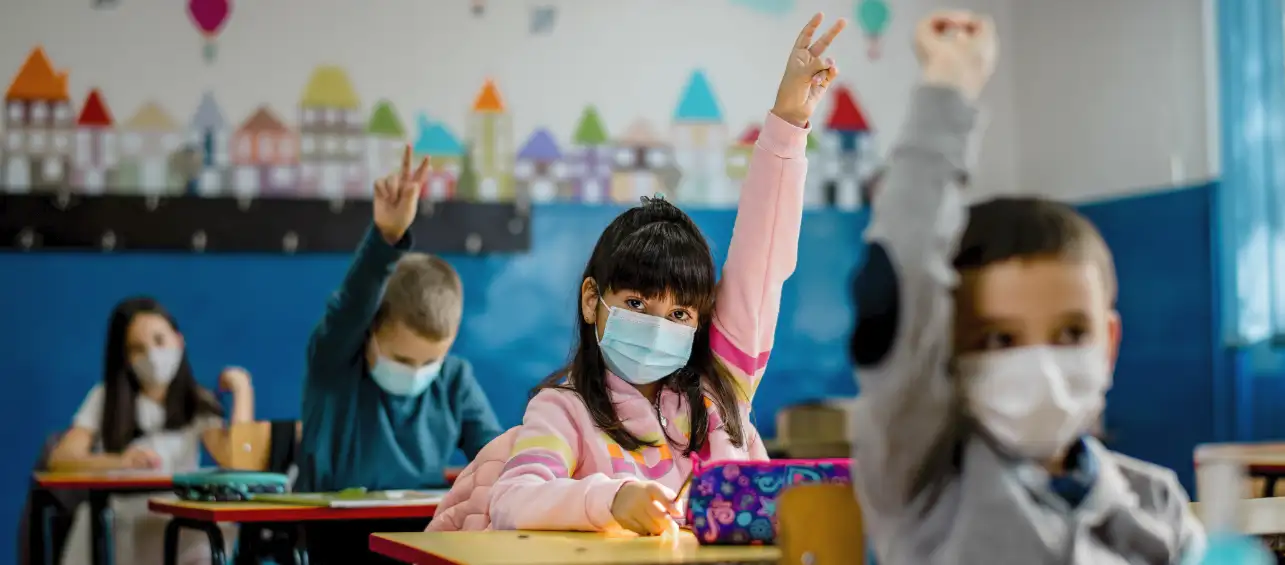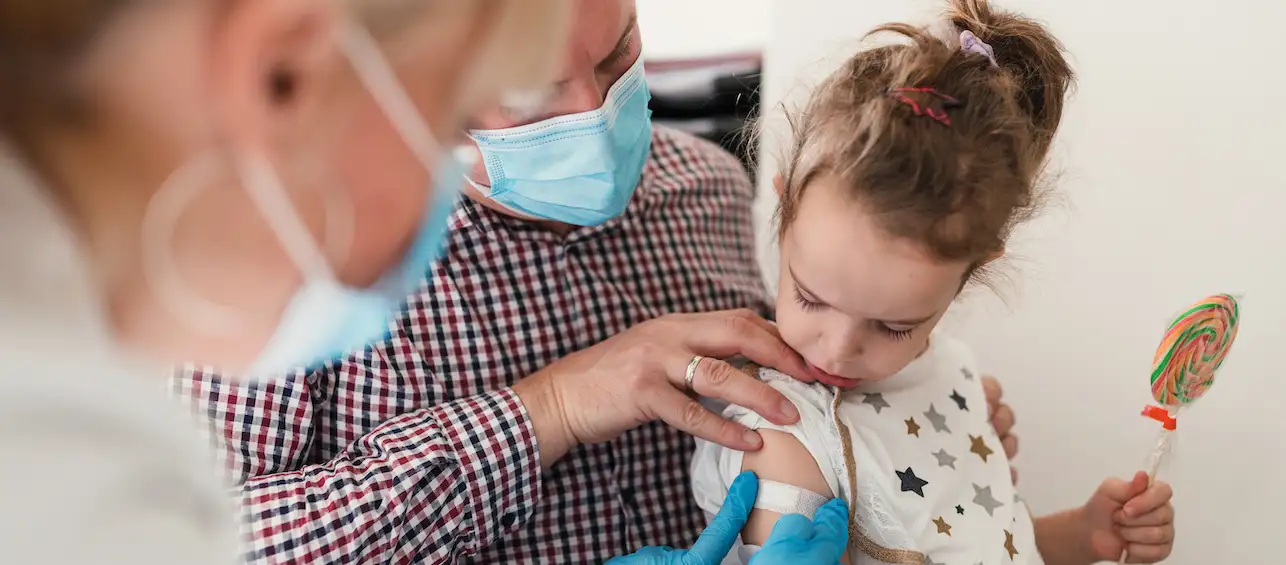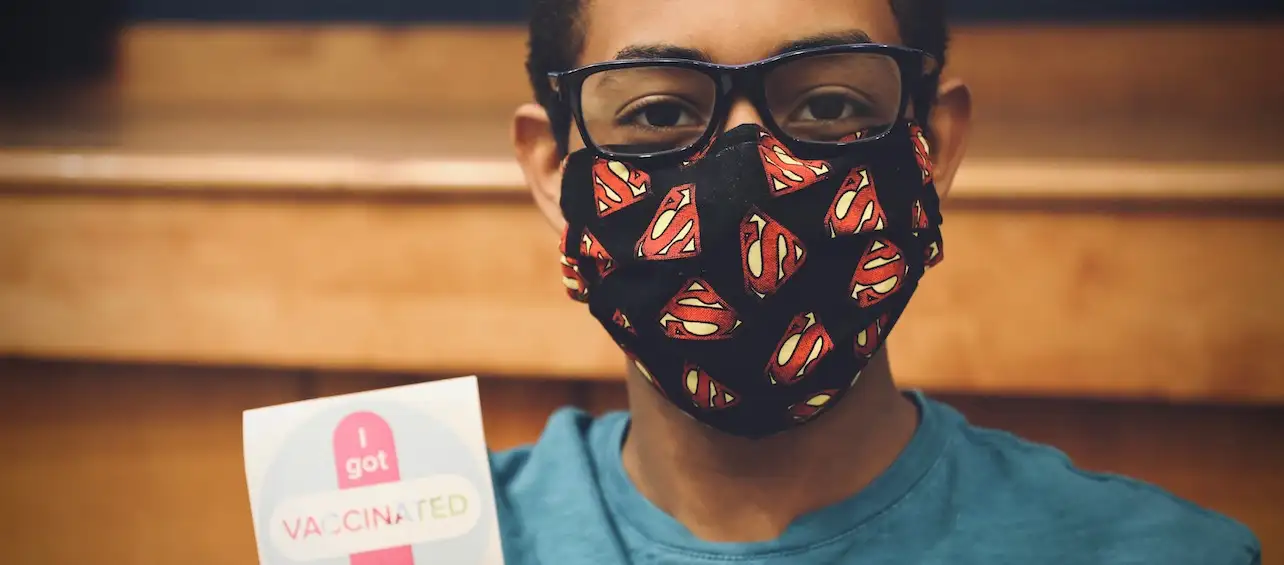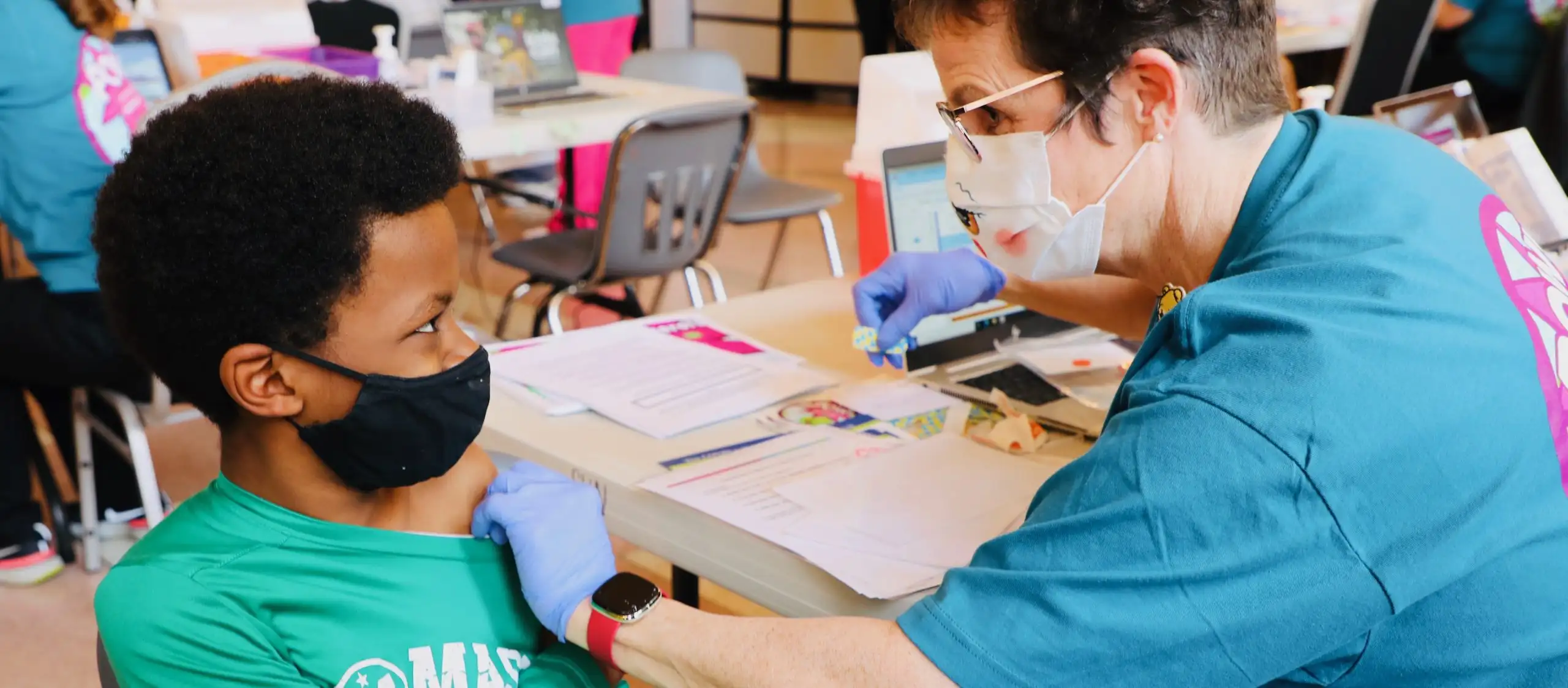Everyone is beyond exhausted from this pandemic. Parents, kids, health care workers, grocery store employees, delivery drivers – the list goes on and on. Naturally, one of the most frequently asked questions I receive about COVID-19 is when will it all be over? Or, at least, when will it move from a pandemic to an endemic? Endemic means that a disease comes back yearly, is more manageable, and only affects smaller groups of people versus the global population.
My answer has been consistent throughout this pandemic: If 85-90% of the population were vaccinated, we would see a dramatic drop in hospitalizations and deaths from COVID. A drop in severe disease would allow us to declare an end to the pandemic and move to an endemic. This is now a pandemic of the unvaccinated.
COVID-19 continues to mutate and create new variants between the unvaccinated population. The best way to decrease the likelihood of new variants is to have everyone who can be vaccinated, get the shot. When we are vaccinated, it is harder for the virus to find a person to infect, which results in fewer opportunities for the virus to mutate.
As Omicron continues to spread and questions about it persist, I’d like to share some additional things to know about this variant:
9 Things for Parents to Know About the Omicron Variant
-
Omicron is more contagious but not a deadlier variant
We’ve found that Omicron is not a deadlier or more severe variant than its predecessor. It does, however, appear to be more contagious. Hospitalizations are up locally and nationally because more people are getting infected, but the rate at which they are being hospitalized is not higher. For example, say the rate of hospitalization is 1 child per 1,000 cases. If there are 1,000 cases in the community, 1 child would be hospitalized. If there are 10,000 cases in the community, we would expect 10 children to be hospitalized.
-
The vaccines are highly effective against it
To say that the vaccines are highly effective against COVID-19, including Omicron, is an understatement. We developed the vaccines to prevent severe illness, not prevent symptoms entirely. A recent study published by the CDC found that the Pfizer vaccine was 98% effective at keeping adolescents out of the ICU. Similarly, 95% of the people who have been hospitalized and/or have died from COVID-19 have not been vaccinated.
-
Being infected does not mean having the disease
The words infection and disease are not interchangeable, but they are often used interchangeably. Infection means we’ve detected the virus. Disease means that you’re having symptoms with it. Many more kids are testing positive – but it does not mean that they’re having symptoms with it. I think there is a misconception that if a lot of people are getting infected, why bother getting the vaccine. The vaccines are keeping people out of the hospital, and in some cases, preventing symptoms from happening at all.
-
Why we need boosters
The antibody levels for all vaccines decrease over time. So it is not surprising, and actually expected, that the antibodies from the COVID-19 vaccine are dropping over time. Many of the routine childhood vaccines require multiple doses plus boosters, such as rotavirus, pertussis, polio, etc. A recent CDC study found that getting boosted was 90% effective at preventing hospitalizations during December 2021 and part of January 2022 when Omicron was dominant.
-
When to get boosted
As a general rule, kids who are eligible for the booster should wait five months between their second and third doses. Because Omicron is more contagious, more kids are getting breakthrough infections – including those who are in the 12-18 age range and received two doses of the vaccine. This age group is now eligible for a booster, but perhaps got infected before they were able to get boosted. I recommend waiting 1-2 months after natural infection before receiving the booster, even if they had zero symptoms. This will allow their immune systems time to prepare to receive the antigen again and to spread out the immunity from the natural infection.
-
Kids are unlikely to get re-infected 2-3 months after natural infection
As more kids are getting infected, including those who are vaccinated, parents might be wondering how long their immunity from natural infection will last. We have found that for at least 2-3 months after natural infection, it is unlikely children will get reinfected with COVID-19.
-
COVID is not 100% transmissible in households
As more families are getting infected with COVID-19, they are wondering how likely it will be for everyone in the household to get it after one person tests positive. A study was done by the CDC on infected households with COVID, and it found that transmissibility was 50%. So if there are six people in a household, on average, only three of them will become infected with COVID-19. Omicron is more contagious than previous variants of COVID; however, it isn’t a guarantee that being exposed at home means you will be infected. I am not surprised when I hear that one or more household members avoided infection after one person tested positive.
-
COVID parties are not a good idea
As everyone is beyond exhausted from this pandemic, I have heard of families just “wanting to get it over with.” Some have even mentioned trying to catch it on purpose because “Omicron appears to be milder.” I’m not convinced that it is. We know that it is not deadlier or more severe than Delta. I believe it seems milder because more people are vaccinated than a year ago and the vaccines are doing what they’re supposed to do – protect us from serious illness. I do not recommend catching it on purpose because we cannot predict who will have severe illness. So far 800 kids have died from COVID-19. 30,000 have been hospitalized. 6,400 have contracted MIS-C (multisystem inflammatory syndrome in children). The majority of the kids who have died did not have underlying risk factors. You’re rolling the dice that your family’s immune system is going to do okay with it.
-
Rate of vaccination needs to be higher to keep kids in school
Omicron is spreading more easily in our schools because not enough kids are vaccinated. Nationwide, only about 60% of adolescents ages 12-18 have been vaccinated. Only 20% of kids ages 5-11 have been vaccinated. Vaccines for kids under the age of 4 are not available yet, but we are hoping by summer they will be. If more kids get vaccinated, there will be less spread, and thus, more kids staying in school.






A thorough and thoughtful explanation of tough topics. Your answers to predictable parental questions were spot on.
Thank you for writing this in such an accessible way.